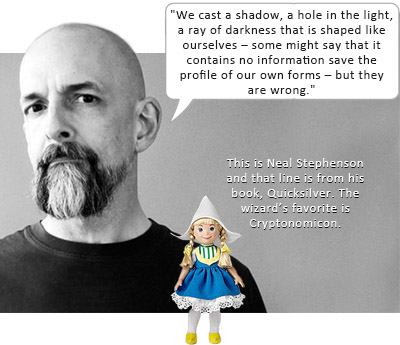Let’s talk about frame rates.
Movies shot on film are shot at a 24-frames-per-second. This means that 24 slightly different images flash every second, but your eyes cannot detect the gaps between the images.
Video in the US displays pictures at 29.97-frames-per-second (NTSC) because the frequency of our energy source (alternating current, AC) is 60 Hz.
The energy source in most of the rest of the world is 50 Hz, so their video frame rate is exactly 25 fps (PAL/SECAM)
The Planck time is 5.39 × 10-44 seconds. According to quantum physics, no unit of time can be shorter than that. Consequently, the frame rate of the universe is 18.55 septillion Frames Per Second.
Do you need a more detailed explanation?
1 Plank length is 1.616199 × 10^-35 Metres. The speed of light is approximately 300,000,000 m/s. There are approximately 6.18735688 × 10^34 planck lengths in 1 metre. Therefore light traverses 1.85 x 10^43 Plank lengths per second, so the frame-rate of the universe is 1.85 x 10^43 Frames Per Second.
Is it NTSC, PAL, SECAM? You can perform a simple flicker test with your smartphone camera. Turn it on and aim it at the light source in question while looking at the image captured on the screen. If you see a series of dark and light bands traveling slowly across the screen, your light has flicker.
